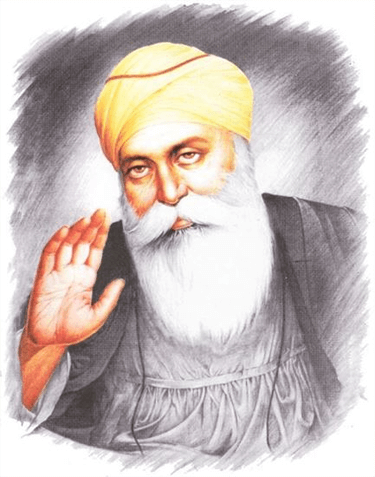
The founder of Sikhism. Guru Nanak was born in 1469 at Talwandi in the Punjab. Talwandi was later renamed Nankana Sahib in his honour and is now in Pakistan. Guru Nanak’s father, Mehta Kalu, wanted to bring him up as an orthodox Hindu, but Guru Nanak rejected the rituals and customs associated with Hinduism and other religions from the very start. Instead he showed people the essence of true devotion to God
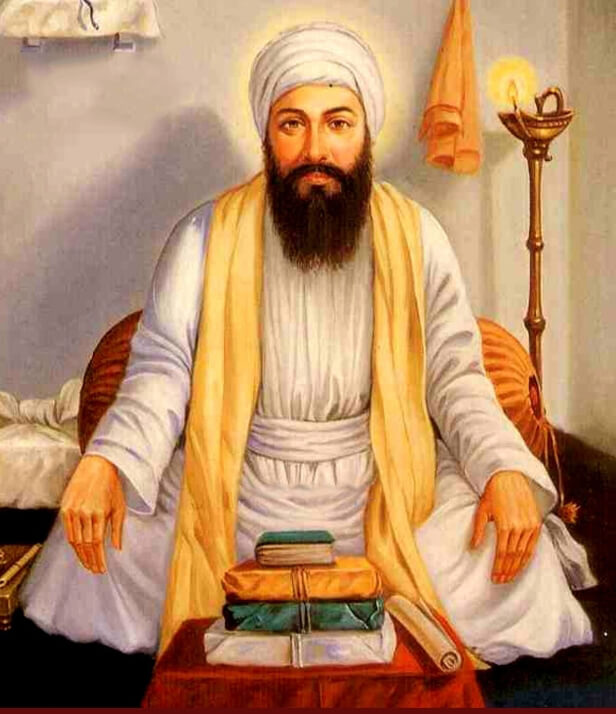
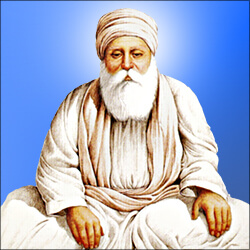

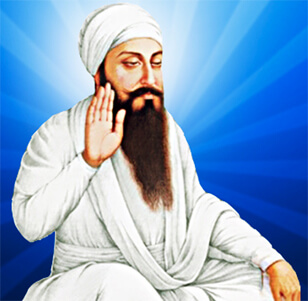
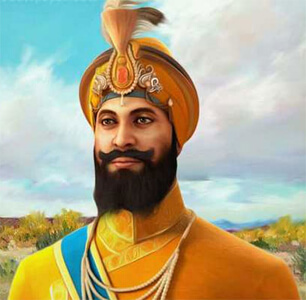
He built the Akal Takht at Amritsar as the seat of authority for the Sikh nation and created the Nishan Sahib (Sikh national flag) which can be seen outside every gurdwara round the world. Guru Har Gobind trained Sikhs to be ready to defend themselves and, more importantly, to defend the weak and oppressed in society whenever necessary. He kept a small army of Sikh warriors.
Guru Har Gobind taught that a follower of God cannot stand by and do nothing when their fellow human beings are being oppressed and tyrannised. If all peaceful means to end the tyranny fail then it is right and just to resort to the sword.

Guru Har Rai thus gave instruction that no Sikh was ever to change the Hymns of the Gurus because these are the words of God. He also said that Sikhs are not to show miraculous powers because that goes against the will of God.
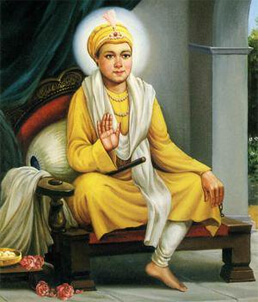
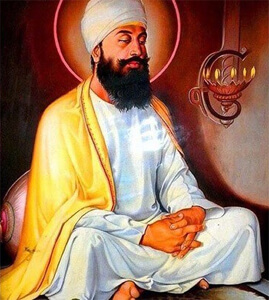
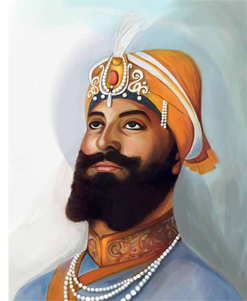
Guru Gobind Singh was only nine years old when his father was executed and he had to take on the role of Guru. He was the last human Guru, and probably the most famous. Gobind Rai, as he was originally called, was a clever linguist and a skilled horseman, archer and hunter. In the stylised paintings of him, he is often seen on horseback.
He was a great poet, and a book of his poems known as the Dasam Granth (the Tenth Collection) ranks second only to the Guru Granth Sahib itself. He made two highly important contributions to Sikhism – he formed the Khalsa, the community of the pure, and elected the Adi Granth (which became the Guru Granth Sahib) to be the final Guru.
When he was on his death bed, he took five coins and a coconut. He placed them before the Adi Granth. This was the act of installing a new Guru and, by doing this, he was naming the Adi Granth as his successor. The Adi Granth then became known as the Guru Granth Sahib.Guru Gobind Singh died of stab wounds in 1708. During his life, he and the Sikhs in Anandpur were besieged by Mogul armies, and he was forced to leave with his wife. Many battles were fought between the Khalsa and the Moguls. During these battles, Guru Gobind Singh lost his four sons and his mother. Countless numbers of Sikhs were killed, but this did not stop more and more joining the ranks of the Khalsa.
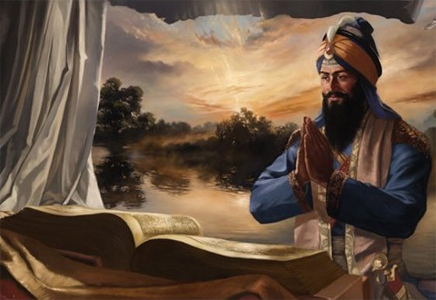
The Guru Granth Sahib was first compiled by the Fifth Sikh Guru, Arjan Dev, in 1604 in the city of Amritsar. Its second and last version was the handiwork of Guru Gobind Singh, and it was finalized at Damdama Sahib in the year 1705. He added the hymns of his father, Guru Tegh Bahadur, the Ninth Master